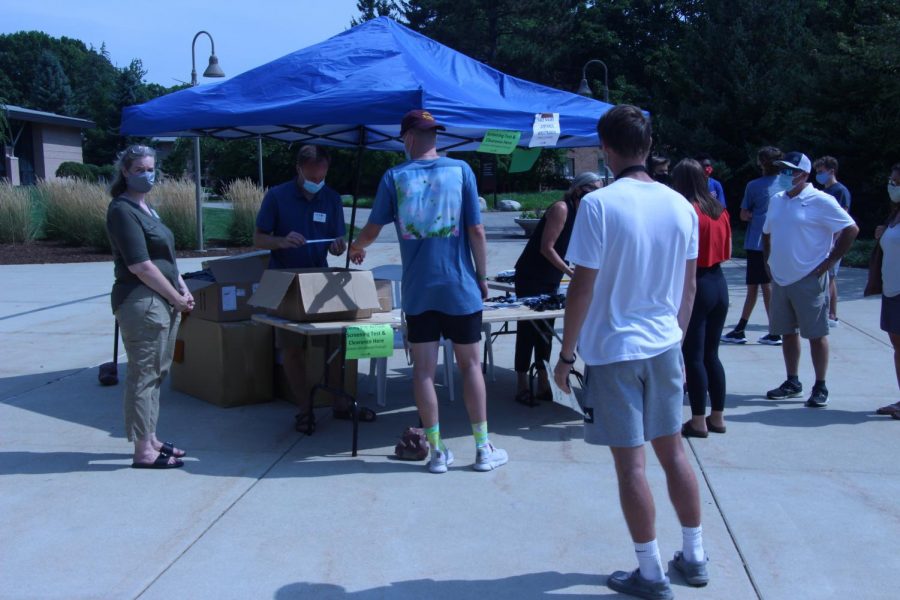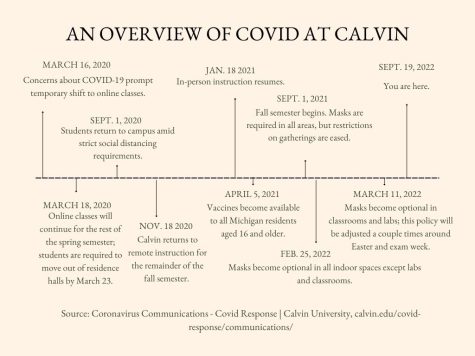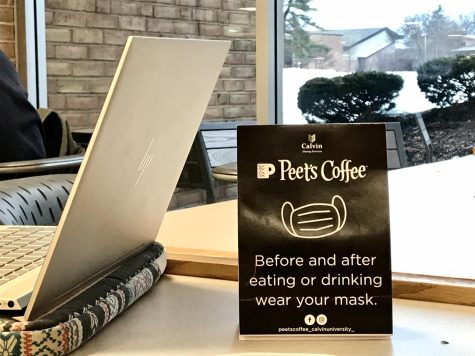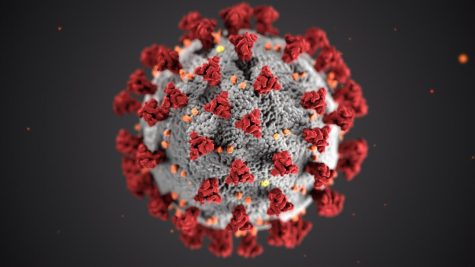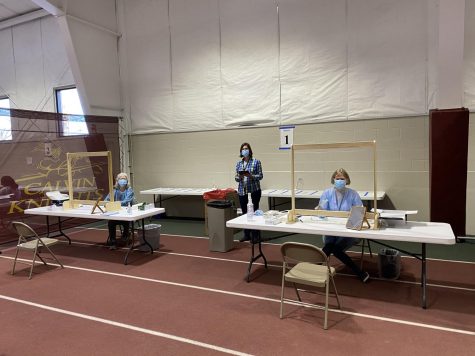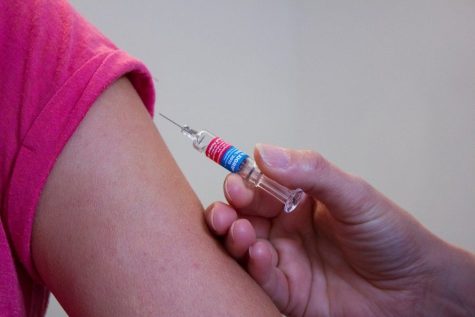Calvin’s back on campus. Here’s what it took.
The Safe Return Team met at least once a week, with working groups meeting in addition to that.
Shortly after classes went online in March, the cabinet was looking ahead. The incident command group, an emergency team created to react to the pandemic, needed to transition to a planning and implementation group in order to get students back in person in the fall.
Calvin University President Michael Le Roy commissioned the Safe Return Team, which divided into four working groups: instruction and the classroom, lab, and studio; health and maintenance; the employee experience and the campus experience, alumni, and external communities.
Led by both Vice President of Student Life Sarah Visser and Vice President for People, Strategy, and Technology Todd Hubers, the twelve person team had to navigate a slew of federal, state and local requirements while reacting to any new information about the virus.
“COVID in all honesty has been another full time job this summer,” professor and team member Kristen Alford said.
The university already had good relationships with the county health departments and local hospital because of campus physician Dr. Laura Champion, also a member of the team, and previous partnerships regarding Ebola and Mumps, according to Hubers and Visser.
Alford and Le Roy wrote the COVID-19 playbook for the Michigan Independent Colleges and Universities in order to prove to state officials and the governor’s office that private institutions were ready to return to in-person instruction. Le Roy also sits on Governor Gretchen Whitmer’s higher education task force, aiding that relationship.
On campus, there remained numerous challenges. Students needed to be able to socially distance in classrooms. The institution had to be able to identify, track and isolate cases to prevent spread. Students and professors unable to return to campus required virtual instruction. Calvin had to stay ahead of supply chain shortages to keep PPE and technology available.
Director of Facilities and team member Russell Bray and Dean of Faculty Development David Wunder went to every single space on campus and measured dimensions to calculate how many people could be in a room while maintaining six feet of social distancing. From there, Registrar Tom Steenwyk and his office had to move and reassign classrooms accordingly. CIT then sourced paper projectors, cameras and microphones to classes that needed them and educated professors on how to use them.
Simultaneously, the SRT was building testing and tracing capabilities. After the testing contract with Helix Diagnostics was secured in early May, the team knew that the initial tests, although good for catching any asymptomatic cases before coming onto campus, weren’t enough. SRT planned to use the Campus Clear app so that Health Services could catch COVID symptoms quickly throughout the fall semester. Additionally Le Roy mentioned that nursing students on clinical rotation, athletes and off-campus students will be tested randomly to identify cases and prevent spread.
Alford mentioned the development of contact tracers over the summer who will be calling Calvin students if they have been in contact with someone who has tested positive. Additionally, professors are now required to have seating charts and take attendance, so that if someone falls ill, those sitting next to them can be quarantined rather than the whole class.
For students who are COVID-19 positive, the dorm of Rooks-Van Dellen, set aside for renovations this year, will be an isolation dorm. Case counts are available at the Calvin COVID-19 dashboard, developed by CIT. According to Visser, the needed renovations still took place, and the SRT coordinated with Knights 4 Life and the Parent Council to provide care packages for those isolated. As of Sept. 2, no students are isolated in RVD.
This effort required materials like PPE, disposable dining supplies, cleaning supplies and additional technology. According to Visser, Calvin had to compete with every academic institution coming back this fall for these supplies. Staff worked to secure these supplies in the summer so that Calvin would be prepared for the fall.
Hubers said, “Calvin is big enough to have really good people, and we’re also small enough to be pretty well-connected. Both of those things are important for a situation like this.”
Visser said that the university is humbled by the responsibility of planning for the year but also hopeful for the year ahead.




